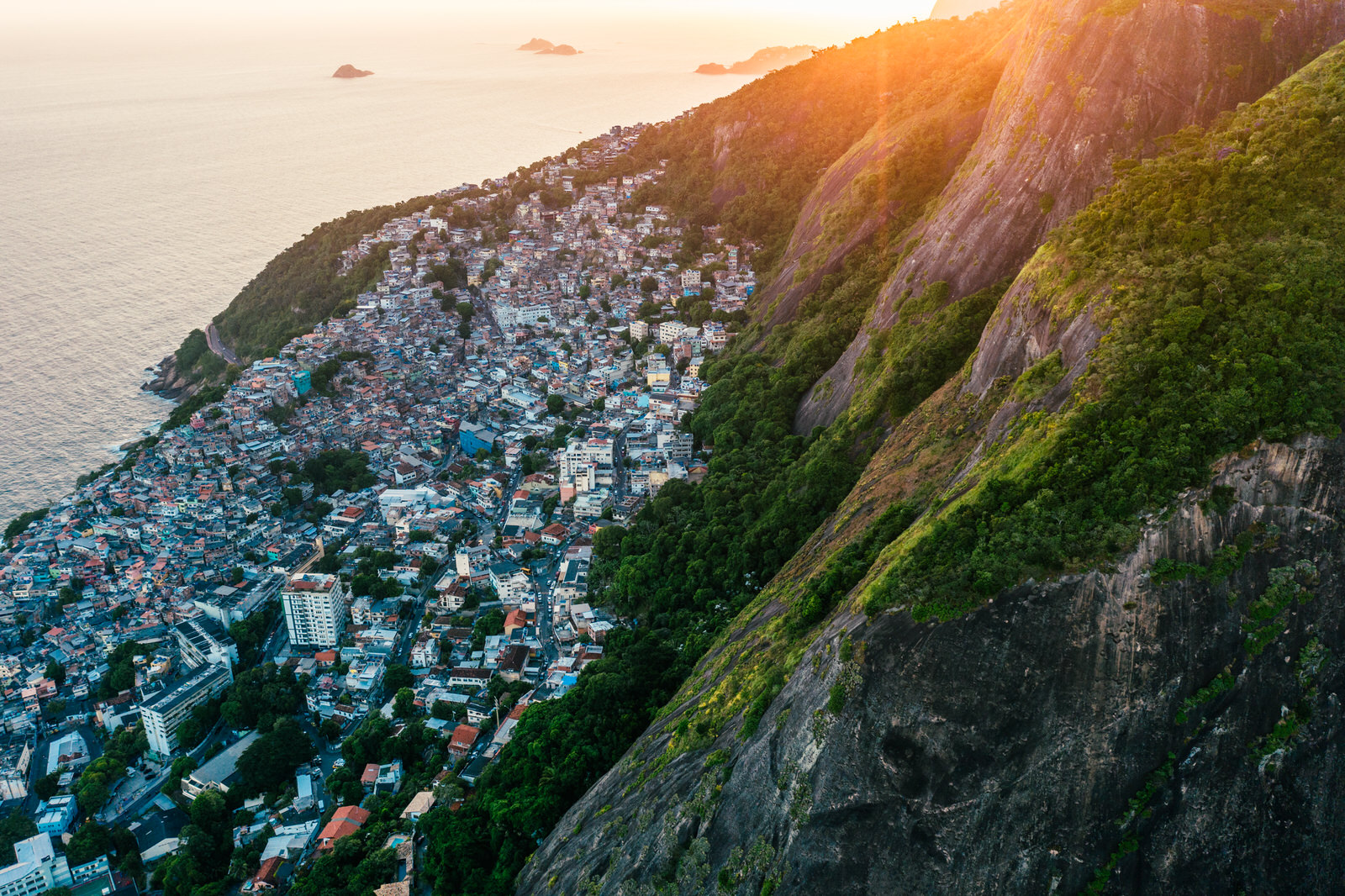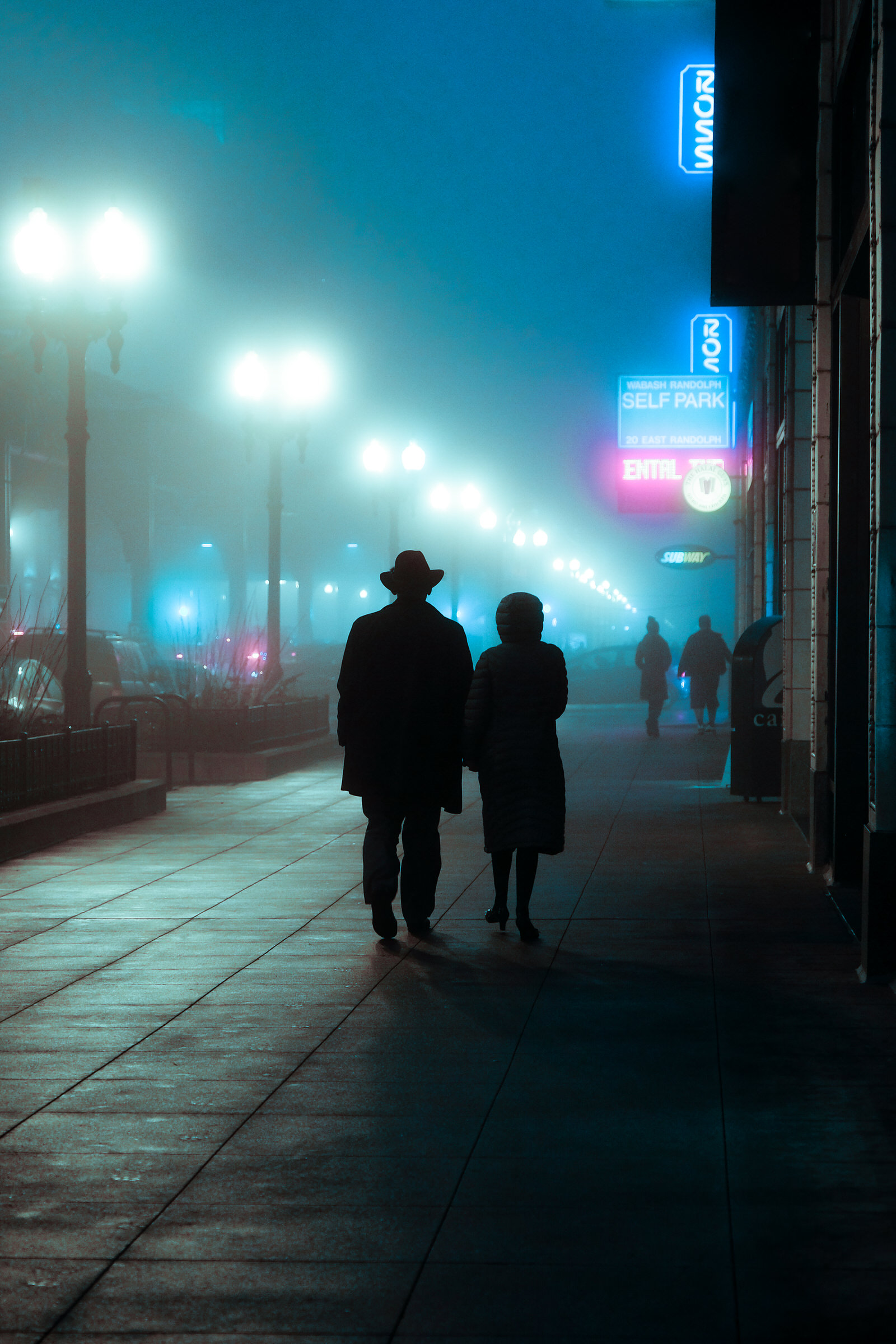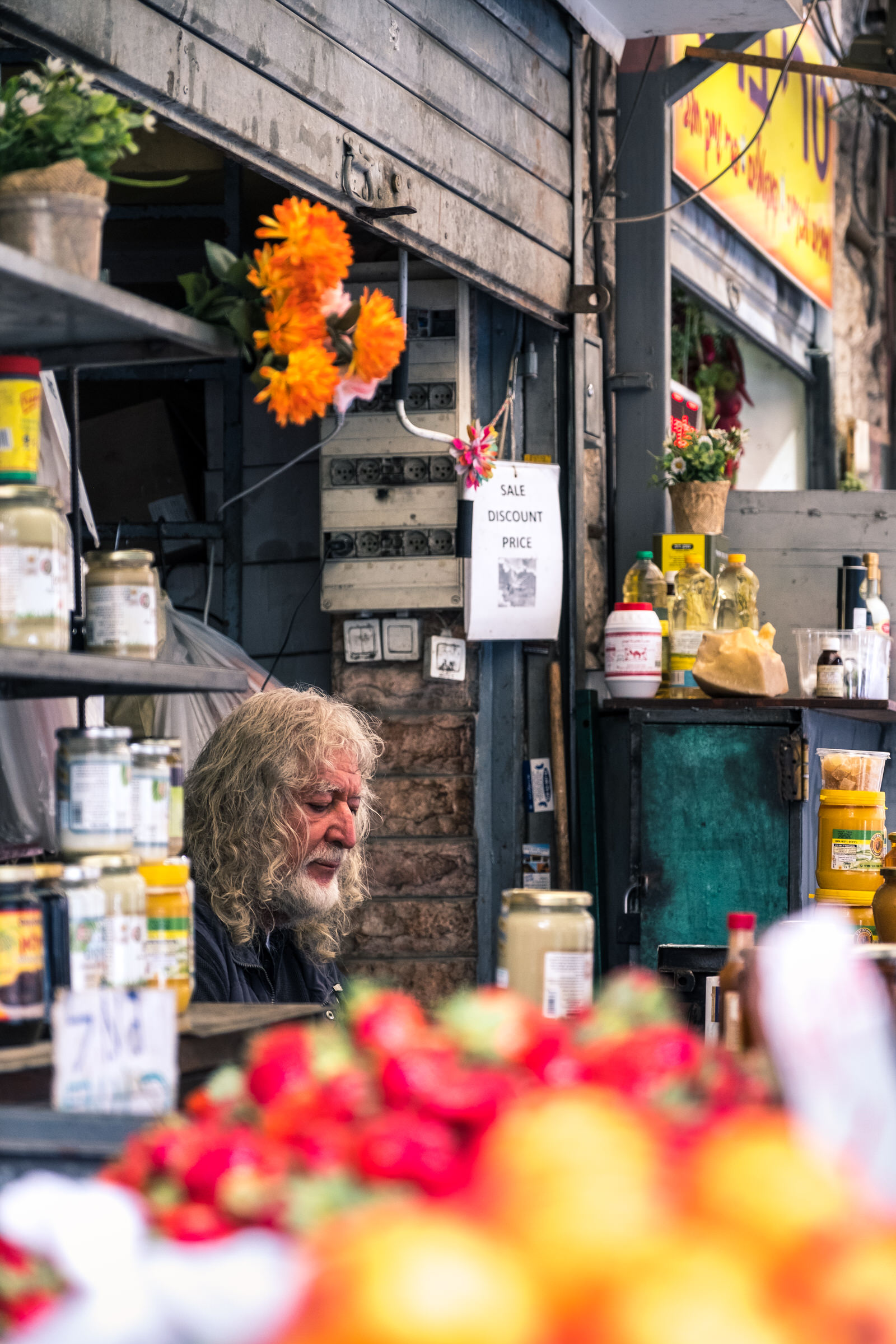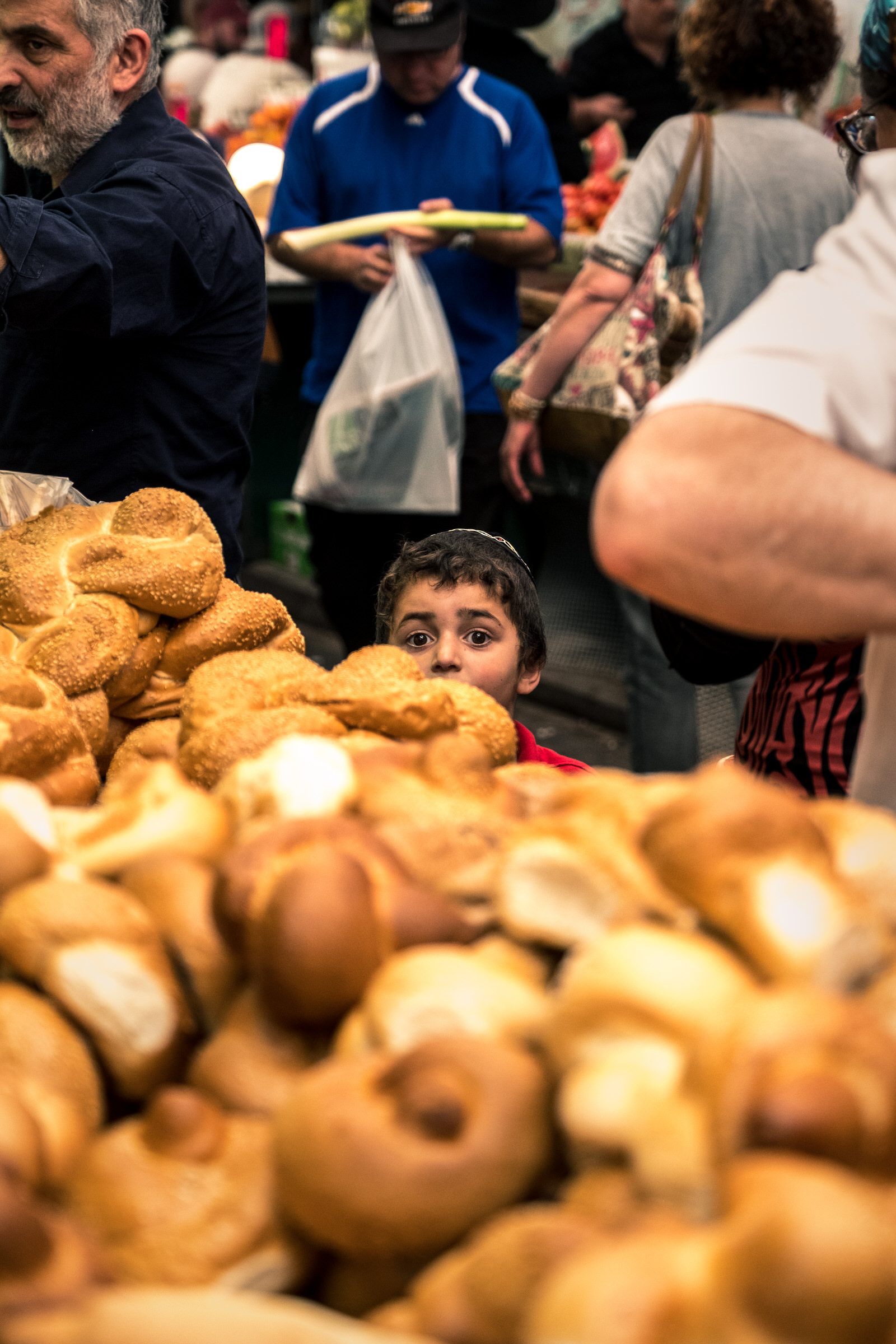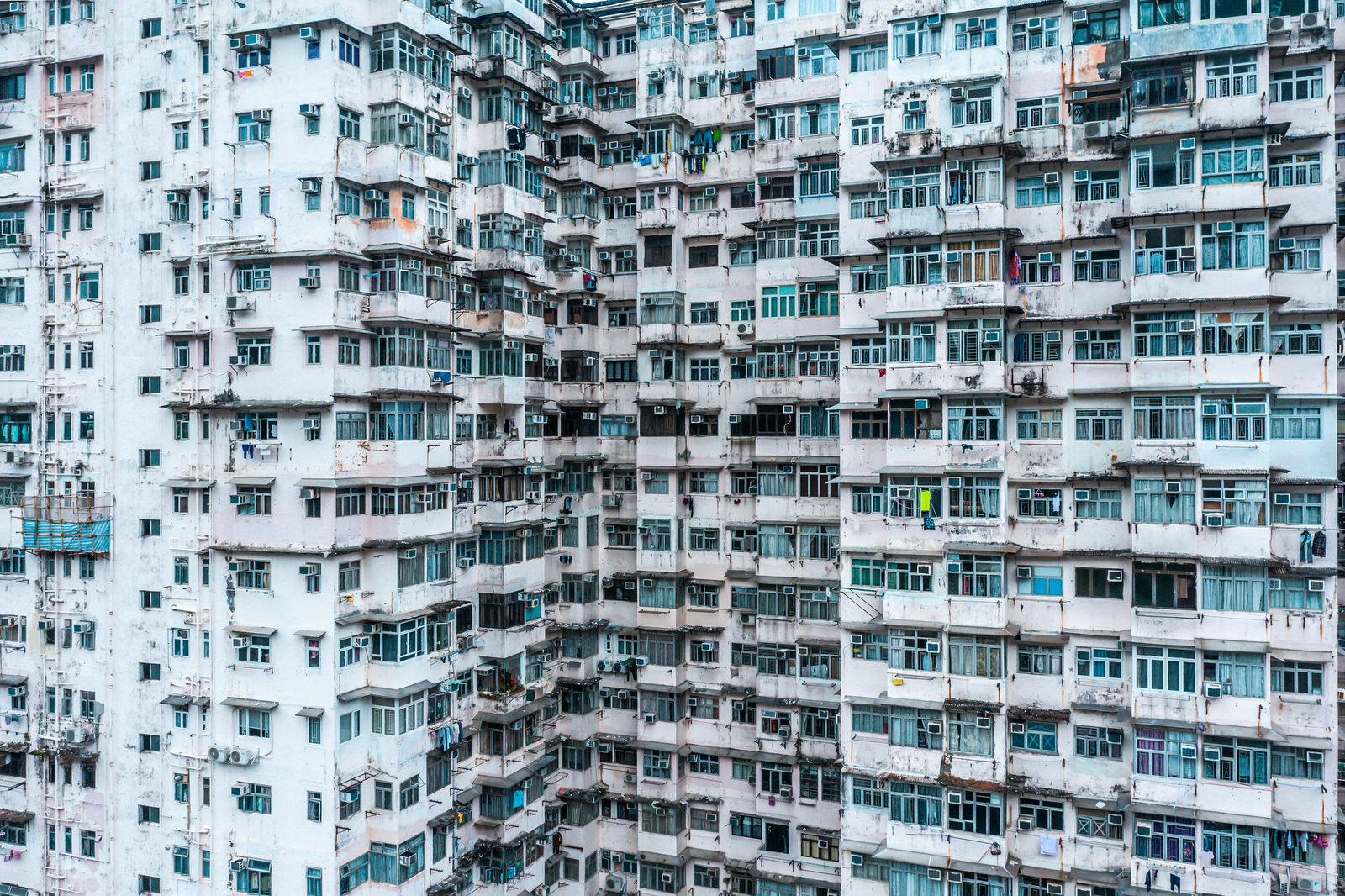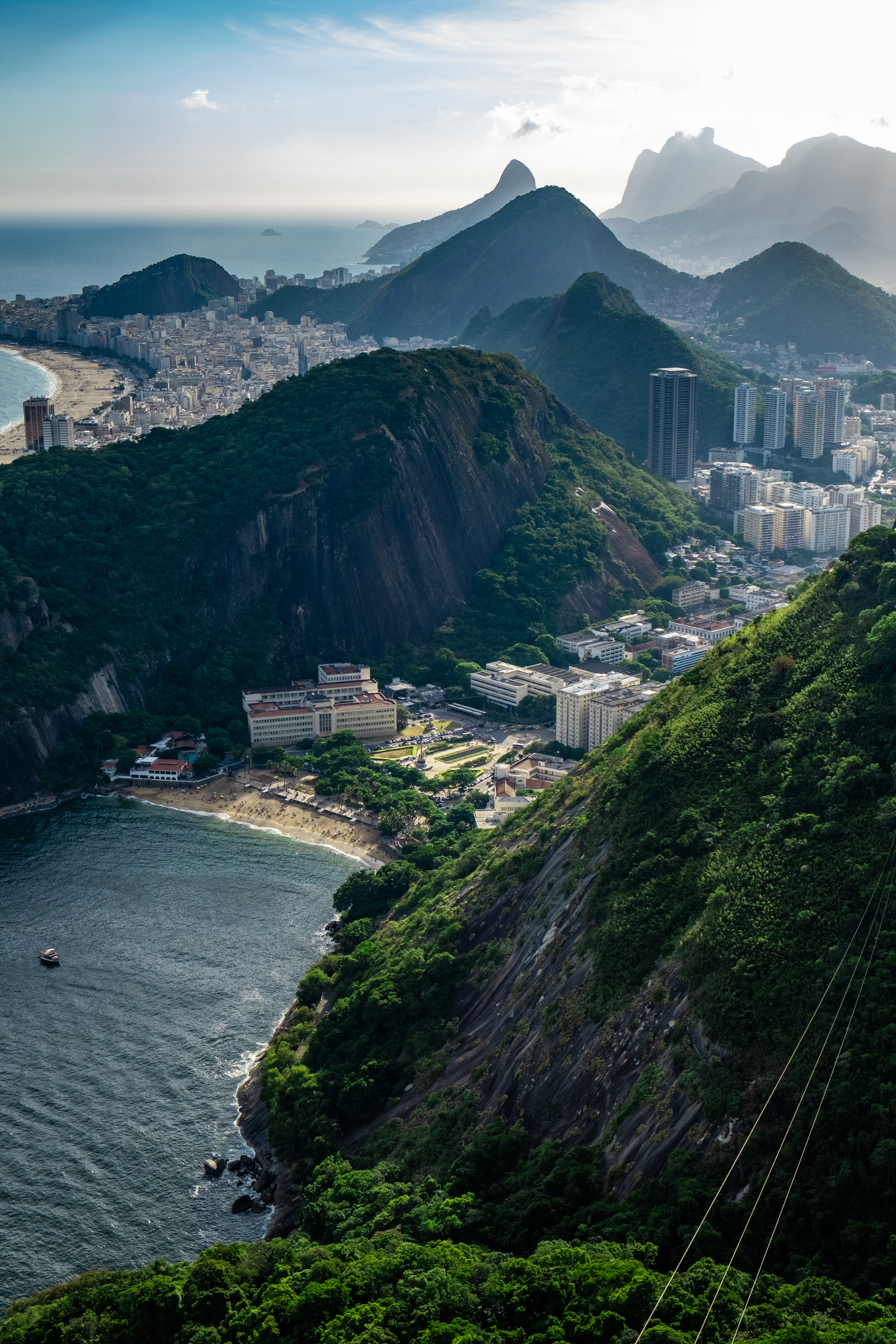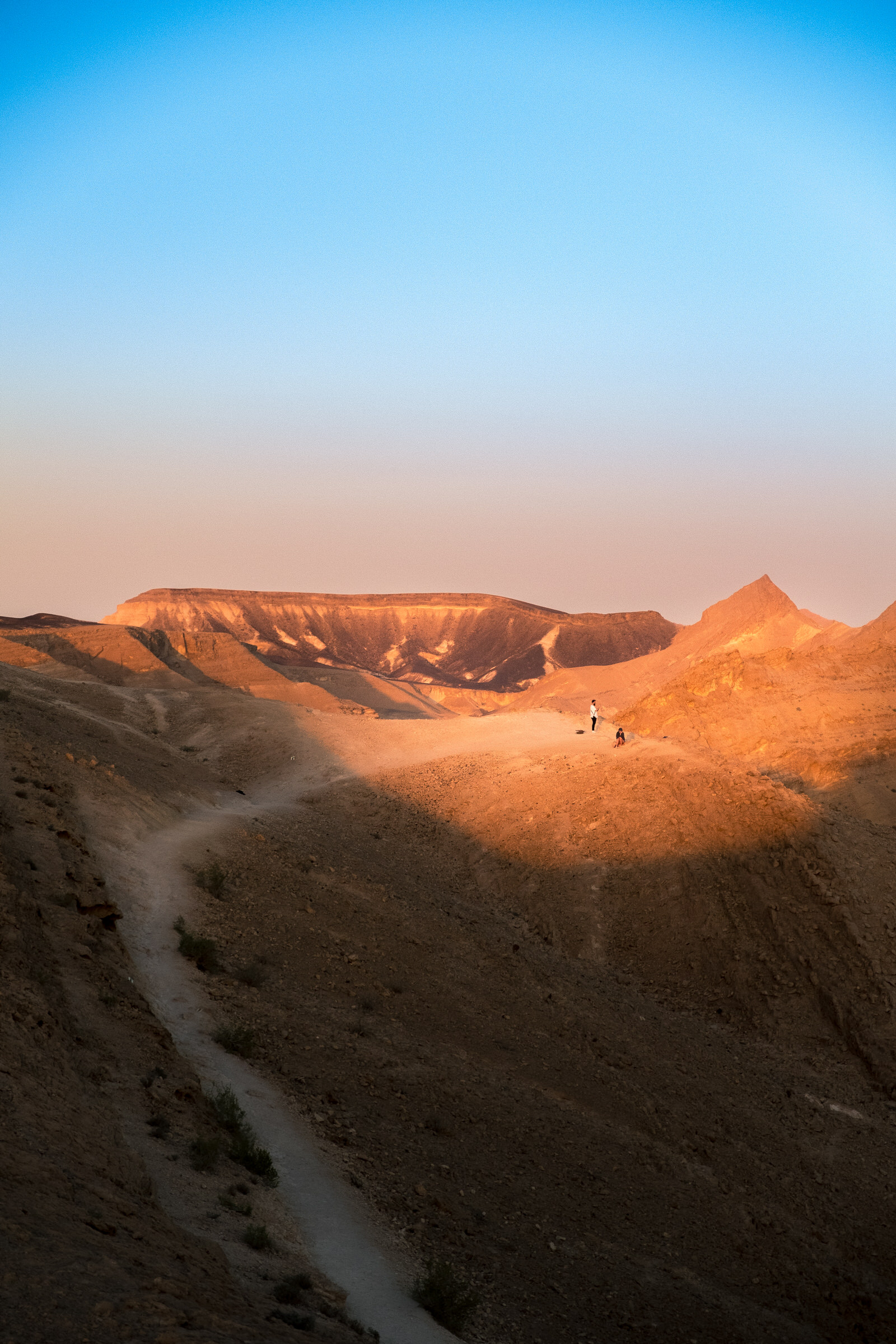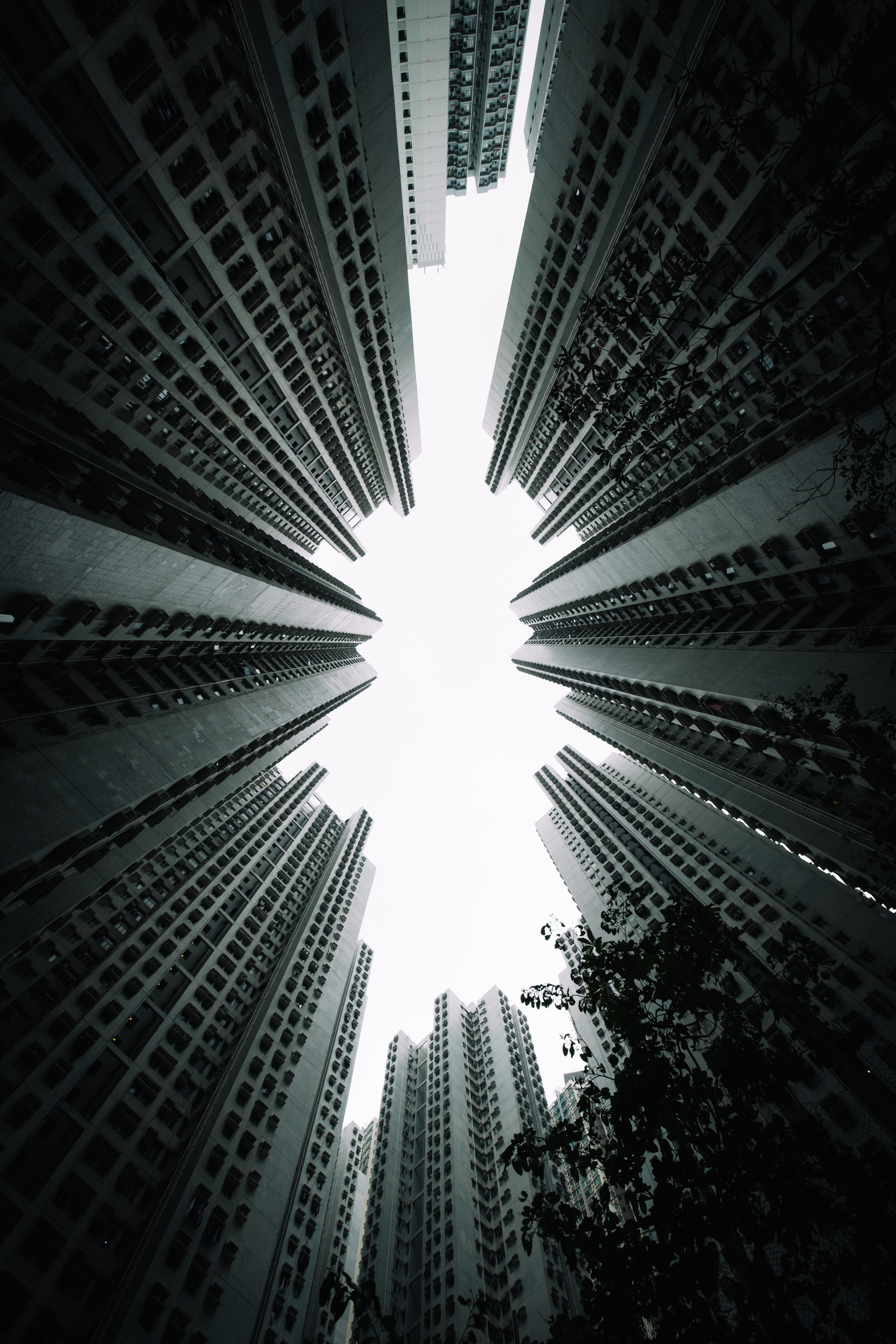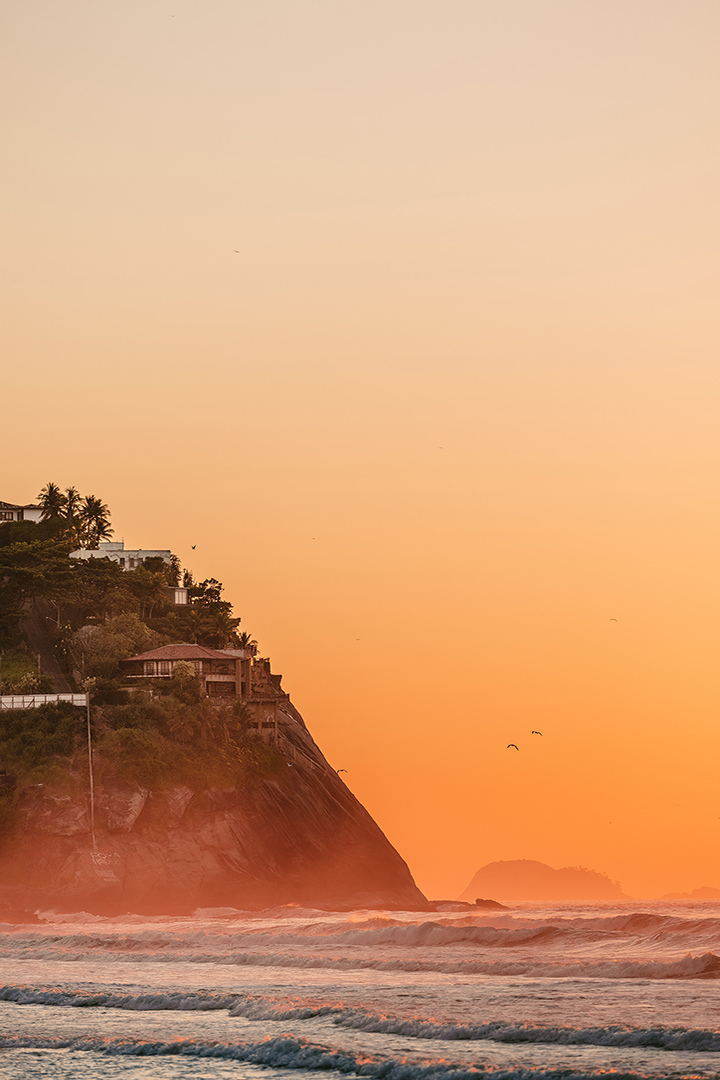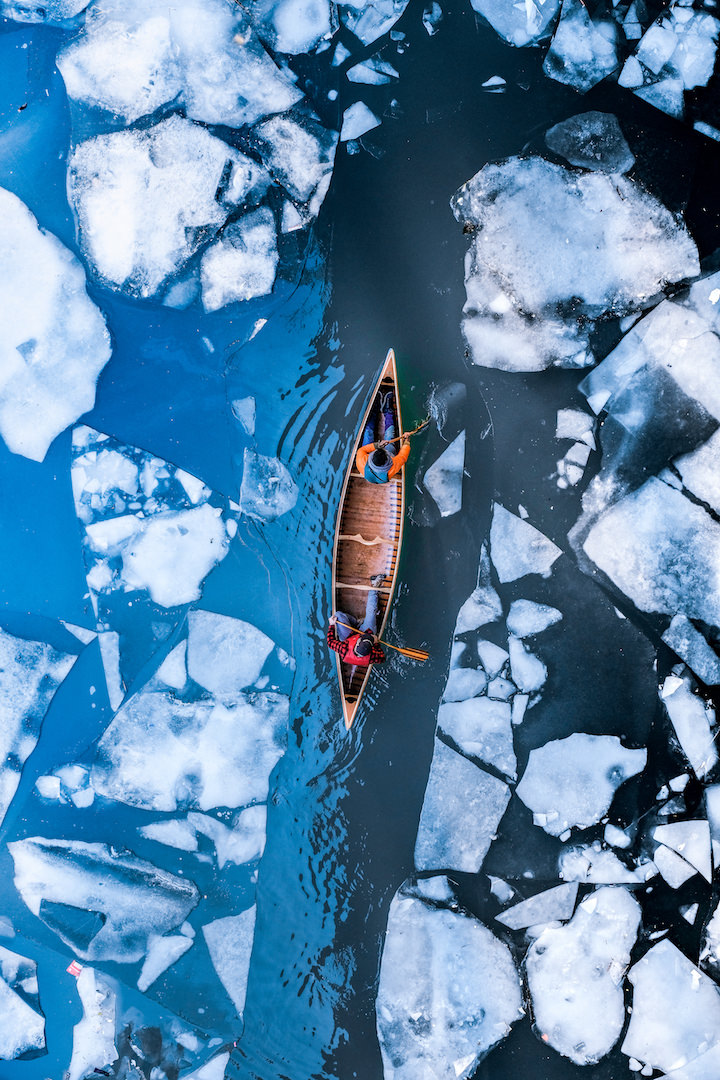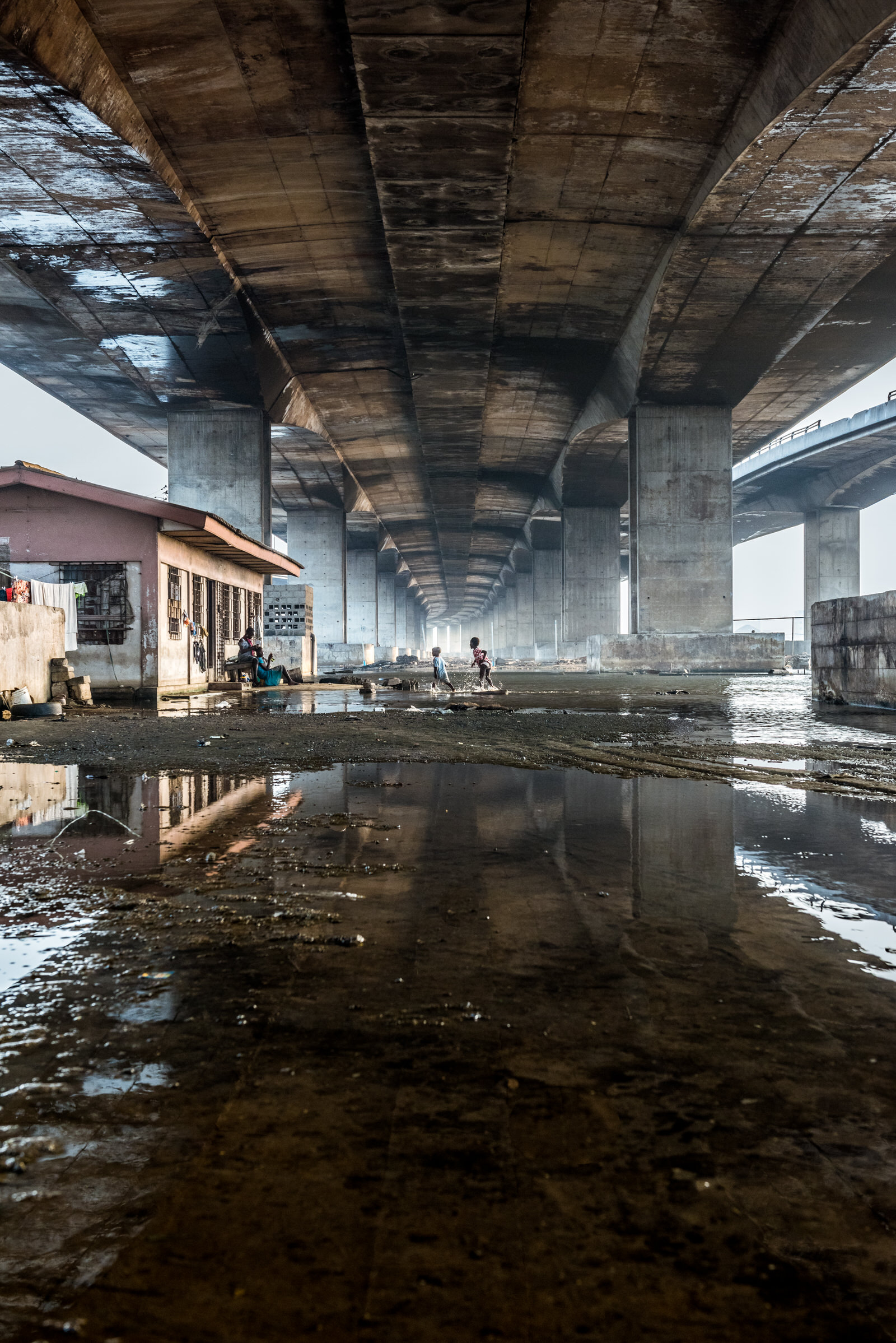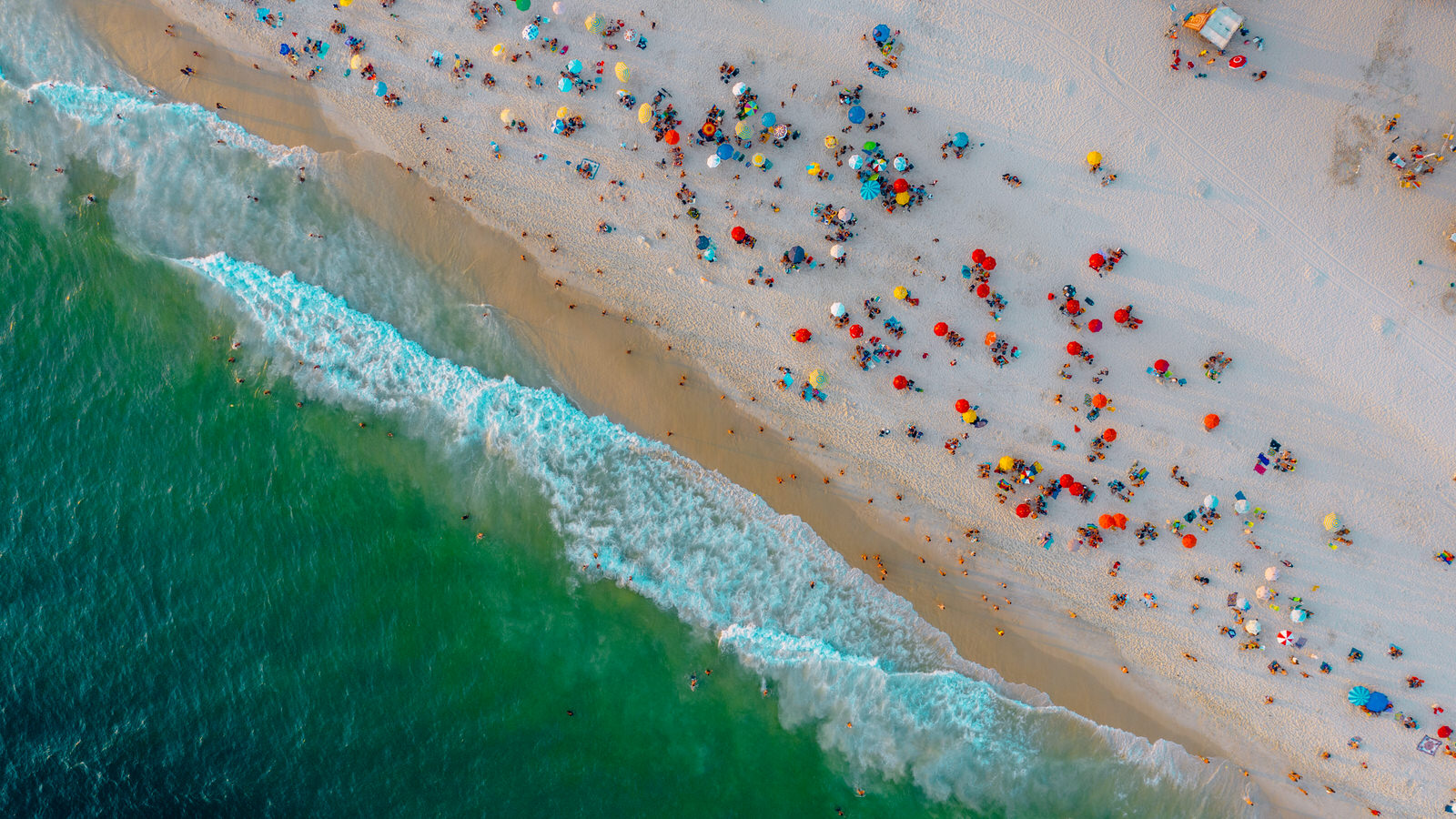
Find the Hidden Rocket in the Photos: Taking a Moment with Gareth Pon
“How do I make someone pause for a few seconds? How do I give someone a moment once they’ve liked what’s in my image, whether it’s a portrait or a short little video? I’m all about trying to give people back their time.”
– Gareth Pon
Lifestyle and travel photographer Gareth Pon has some pretty big dreams in life. And he sets the bar high on purpose. The self-described daydreamer believes that if you aim for the impossible then every other dream becomes plausible. That actually makes a lot of sense.
Named Africa’s top Instagrammer three years in a row, Gareth has worked as a filmmaker and photographer for major brands like MTV, Fast Company and CNN, to name a few. He also has every intention of going to space one day. While he accepts the fact that he lacks the qualifications to become an astronaut, the dream of space travel drives his day-to-day creativity.
While he waits for the day that he finally gets to space, Gareth is happy to keep making visually-captivating images and videos. And to make things a little more fun – at the same time, encouraging his fans to take a moment to pause and appreciate the art – Gareth adds a hidden image of a rocket in every photo. We talk about that and find out more about the artist’s goals, process and motivations.
How did you get started in photography?
I originally started in animation. I went back to studying for the second time. The first time I studied fashion design, but I didn’t really enjoy that industry. So I left it and then the second time was specifically to study animation. I went from doing animation to taking on film and TV as a way to pair the two and then I got really annoyed and irritated with animation, so I dropped that and went into film and TV because I just fell in love with video as a medium.
I actually started doing photography purely as a skill development thing to better hone my composition. That was my main reasoning behind doing photography – to better my composition and video. I actually had a 5D Mark II and I was shooting a lot of video on it. I owned it for over a year and hadn’t shot one photo on it. That was kind of when photography started catching my eye a lot more.
I fell in love with both mediums. I still love film a lot, but photography is just a lot quicker. It kind of puts me in a very interesting headspace. I can’t actually do video while I’m doing photo. It’s like a total different mental shift because it’s a different focus, it’s a different way of storytelling. Something that my film mentor said was that the photo is capturing that moment that tells the before-and-after and video is capturing the before-and-after so you can tell the moment.
It’s a very hectic, weird mental shift. I used to do a lot of writing, and that kind of comes through in my work with photography, where I always think about what the story is. I try to make my images as cinematic as possible.
Do you find it harder to tell a story in still images?
For sure. I definitely find it a little bit limiting, but also in a way, I accept the mysteriousness of it. So I’m like, “Okay, this is one image, but the beautiful thing about it is that one image often has a lot of hidden elements to it.” I love just going into a space and capturing a lot of street photography or stuff that I actually really don’t share a lot of anymore. Using my Israel trip as an example, I’ll often go and sit in a place and wait for an image to form. In my mind, I’m seeing the film play out. But I’m standing in one place, and then when I feel like I’ve seen the film play out, that’s when I shoot the image that I feel kind of captures that arena, that space.
I spent some time in Israel with a couple of friends. We were in a market and this dude, he was selling honey and I initially went up to him and I was like, “Hey, do you mind if I take a photo of you?” Suddenly, he was posing and doing all these different movements and I was like, “Oh, this is so not natural.”
I kind of reverted to my sneakiness and went around the corner and just watched him, seeing what he’s doing. He would look around and I was like, “Man, this is like a little short film happening right now.” Then there was one moment where I kind of saw a little breath that he took and that’s when I took the photo. That’s how I approach specific street photography, for example. I feel like my process of shooting photos is very much seeing how a film is coming about.
That’s very interesting because it sounds like you look at scenes in a different way than the average photographer.
I like to think so. I feel like photography nowadays, especially with all the content that’s out there, it’s a very… a lot of people are aggressively technical about it. So a lot of the photographers I love are just very motive and narrative-driven. I feel like the main thing that separates a good photographer from a great photographer is to want to feel the narrative that the image tells.
How much editing do you do/how much are you altering the image?
I’m very much a documentarian, so I’ll do as little as possible. I will try to make it look like my aesthetic in terms of color and grade. I very rarely will replace the sky, for example. I’ve heard a lot of friends who’ll completely alter an image where there are suddenly stars in the background that weren’t there. I still have a very documentary approach; I like to call it the middle ground between documentary and fiction. Anything that I’ll bring fiction in is me altering color, or accentuating lights, or even to the point where I really do very little touch-ups. If there’s a little blemish on someone’s face, I will usually leave it there. Or if there’s dirt on the ground I’ll leave it there.
Are you a fan of editing?
I hate editing! That’s probably why I haven’t been doing a lot of video lately; it’s just a very time-consuming post-process. The way I do enjoy editing is when it’s for a very specific project or something. So if it’s very personal, then I enjoy it. But as much as I can, I try to keep things in camera and I shoot on Fujifilm, so it’s great to be able to have a lot of the built-in film emulations there that add a lot of character for you. Then I’ll often bring it into Lightroom and slap on a very minimal preset, like a bit of a fade with a bit of color or a blue tone or something.
And, of course, the rocket.
Yeah, and then add the rocket in.
How did that start?
That was a very observant thing where, a couple of years ago, I went out shooting with a few friends and we sat down after shooting and I just watched people browsing their feeds on Instagram and not even looking for longer than a split-second. I mean, you’ve seen that. I was just sitting there and everyone was doing it, and for a second I was like, “Man, this sucks.” My way to solve those kinds of problems is always to gamify things if I can. So I took my images and I was like, “I’m going to hide something in it.”
Growing up, I loved “Where’s Waldo?” and I was like, “I could just hide a little rocket in my photos.” That was my way of obviously making people pause for a few seconds to look for the rocket, but also, just my way of helping people register that they were looking at a photo. In a little weird way, it was me helping people pause for the day. Whether it’s a photo or to just be conscious for a few seconds. And I’ve been doing it ever since. The first photo I did it in was in Berlin in 2014, late 2013. I made the rocket very obvious; it was just kind of in the sky.
People love it. I randomly get DMs sometimes being like, “I had no idea you hid a rocket. I just spent the last few hours looking for every single rocket in the photos.” It’s good. I’ve seen a few people try and use that idea for a campaign or something. It was just fun to see how people are responding to it. It’s like a little distraction during the day.
I read that you wanted to be an astronaut when you were younger. Is that still a dream?
Yeah, I mean, I would love to be an astronaut, but practically, it’s not really an option. But, my dream to go to space is what really drives a lot of my day-to-day living and inspiration. A little history around that is I believe that if you have one ridiculous dream that’s seemingly impossible, the moment you believe that dream is possible then every other dream becomes plausible. It’s a very like psychological thing for me. I’m like, “I know I’ll go to space one day even though I’m not an astronaut.” But that kind of allows me to dream about other things that are smaller and less intimidating. So that’s sort of where it came from.
Do you have a favorite book that you would recommend to others?
There is one particular book. I was brought up in a religious family, and this book particularly is a religious take on creativity; it’s called The Art of Being. It’s by multiple authors, a lot of creatives. There’s another book called The Art of Being, which isn’t the book that I’m talking about. There’s specifically an article in this one by Jon Foreman, the lead singer of Switchfoot. It’s a really short article, but he basically talks about the internal mental battle of being a creative. It’s a great book because it’s by creatives who approach this inward battle of being a creative but also need to approach life.
It sounds like it might offer some inspiration for other creatives who have hit a wall. What do you do when you have a creative block?
It’s funny because I’m actually going through a huge creative block right now. To be honest, the best way to deal with it is I just reinvent my conviction. I rediscover why I’m doing what I’m doing. Whether that’s on a spiritual level, or a creative level, or on a physical level, I always reassess what I believe. That’s the one thing.
I also get really into the thick of doing things that are very mundane. I generally don’t like taking public transport, but if I’m in a creative block, I’ll take public transport. It just takes me out of my usual routine and lets me observe the world, and people watch and that kind of thing. I’ll do mundane things like taking public transport, I’ll clean my apartment, I do things that I know won’t disappoint me. I feel that a lot of where creative block comes from is not having your foundation built, so my way of figuring out what that foundation is again is to do the things that I know are sure. And getting a little bored and enjoying the boredom so then something else can come from it.
I like working out, so I work out a lot. If I’m in a creative block, I’ll think, “Oh, I don’t want to be at home thinking about how terrible of a creative I am. I’m just going to go do a yoga class or go to a boxing class.” So between those three things, I just keep doing them until I find an idea or I find a reason to motivate myself to get back and create again.
This is probably a common thing amongst creatives, but I get bored super easily. So I find that I have to kind of trick myself into having shorter time frames where I’m like, “Yeah, I’m really bored but it’s a week.” And then you find the motivation points and you get inspired, and then you dip down again. I like to believe that I’ve kind of figured out what that routine is in my mind. I know that every two to three years, I hit a slump, always hit a very big slump around that time period. And I always do a bit of guesswork, but somehow it always figures itself out. So there’s the bigger time frame and then there’s a smaller time frame and it’s just kind of navigating.
How much shooting are you doing for yourself now and how much for clients?
At the moment, I’m actually doing very little shooting for myself, to be honest. I’ve been doing a lot of writing, just researching, reading, that’s sort of how I’m finding my creativity. I’m getting back to drawing again because I use to do a lot of drawing. Not even wanting to create stuff out of it; it’s just a different way for me to express myself. The times where I will create is actually when I get a job, or if I’m out with friends, that’s when I’ll do photo and video again.
When you have a client job, do they give you a lot of creative freedom, typically?
Definitely a lot of creative freedom. I think luckily for me, people approach me for my aesthetic. So very rarely will I pitch an idea and people are like, “Oh, this is really a bad idea.” Generally people are like, “This is cool. It fits in line with your feed, your tone’s all over it.” I’m lucky in that sense. I actually really won’t take on a job unless it’s within my own aesthetic. So that’s great.
What kind of impact are you trying to make through your work? What is it that you want people to take away from your photos?
That’s a very good one. I feel like it’s changed over the years. When I started doing photography and traveling a lot more, my initial takeaway was how do I represent a space that people haven’t seen before? So the take was how do I shoot an image that can’t be googled? That’s sort of how I used to approach it.
Now, to be honest, it’s how do I make someone pause for a few seconds, bringing back the rocket idea. It’s a moment, right? How do I give someone a moment once they’ve liked what’s in my image, whether it’s a portrait or a short little video? I’m all about trying to give people back their time. So it’s a really like deep way to approach it.
If I give someone a few seconds of appreciating an image or seeing an image, then that’s what I feel is a good motivation. There’s a lot of content out there nowadays, and I think back to the day when I was like, “How do I shoot an image you can’t google?” That was still fresh. There was a lot of discovery. You think about the Eiffel Tower now and there are millions of photos that are taken every single day, but four, five years ago, which isn’t even that long ago, there were maybe a few thousands online. I feel like that’s where my head is right now. We’ll see where it goes.
Do you have a favorite photo that you’ve taken?
For sure. There’s an image that I took in Nigeria. Just before I moved to Chicago, I did a job out in Africa where we basically traveled to a handful of countries over three weeks or so. And specifically in Nigeria, I really wanted to shoot under Third Mainland Bridge, which is the longest bridge in Africa, in the Southern Hemisphere, apparently. We found a way there by a weird route. We had to pull over on a highway, then bribe a dude, and then go under the bridge, and had to walk a few meters, and then eventually found this amazing vantage point where I could see the long stretch of this bridge. It’s a really long bridge. If you drive at 90 miles an hour, it takes you 15 minutes to get from one side to the other.
The vantage point was just really beautiful because you could see to infinity, and I’m a huge fan of perspective. But the main issue is that there were no subjects. I always love including subjects in an image, especially if I’m shooting on the ground, so I’ll either get someone to go stand somewhere or I’ll wait for a subject to emerge. I was just standing around for like 10 minutes hoping that something would happen. Then I saw a group of kids creeping out of the bushes to the right of me. They saw me and then they got scared and ran away, and then they came back. This is all a fun observation of how these kids were trying to see what I was up to and they were curious. The next thing I know, they ran across the vantage point that I had and they lined up perfectly down the center of the perspective and I just snapped a few photos while they were running. It was just such a wild moment that happened right in front of me. I appreciated how it all came together. It was just a brief moment in time that kind of made me see and appreciate what happened.
Definitely my favorite photo I’ve taken. I feel like it’s a very poetic image. I got the shot and then I turned around and walked back to the car. I was like, “I’m done. Let’s go.”
To see more of Gareth’s work or if you’re in a bit of a “Where’s Waldo?” type of game mood, check out Gareth’s Instagram and look for the rocket hidden in every photo. His website is undergoing a renovation at the moment, but keep checking in to see something new soon!
